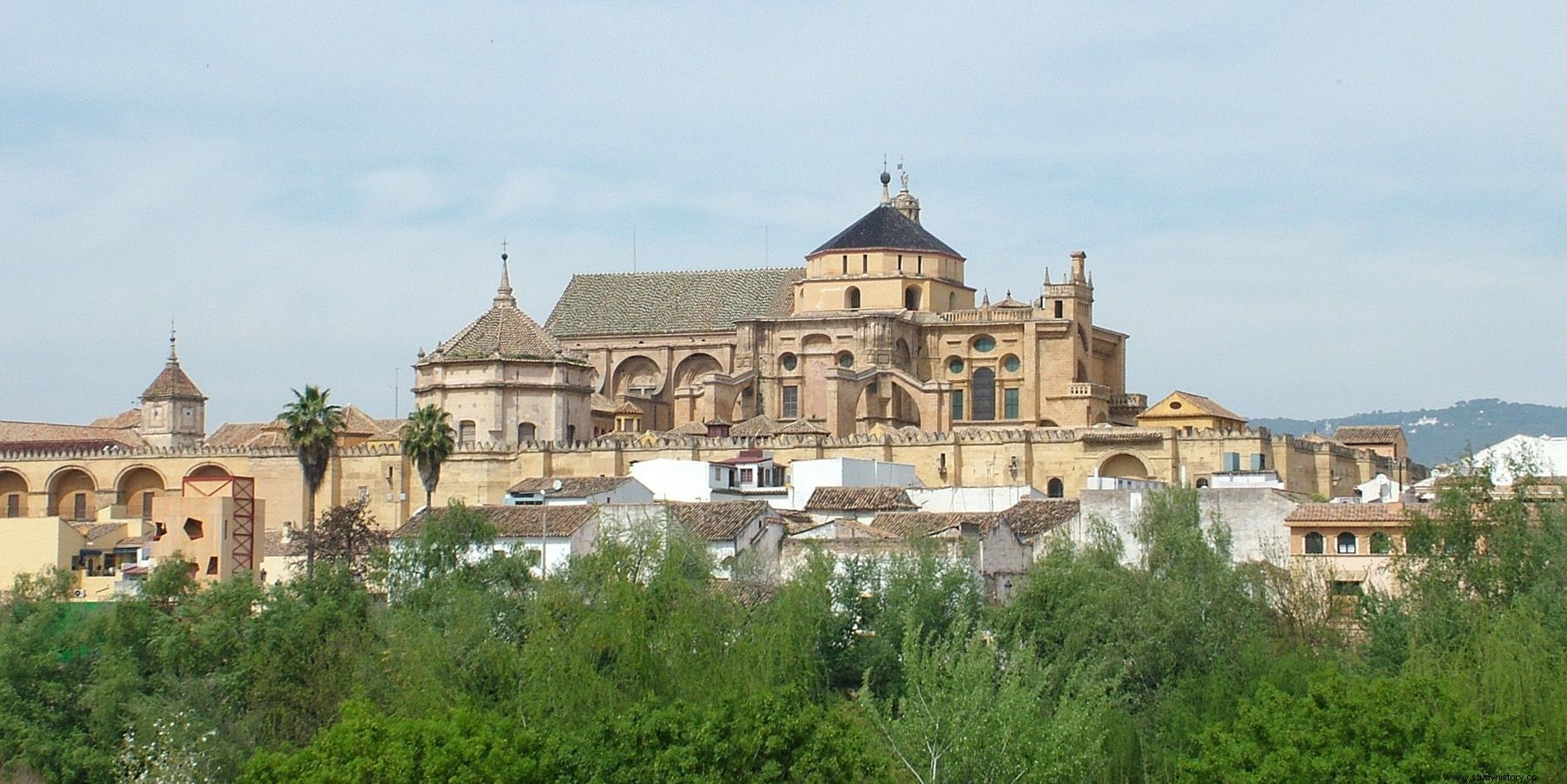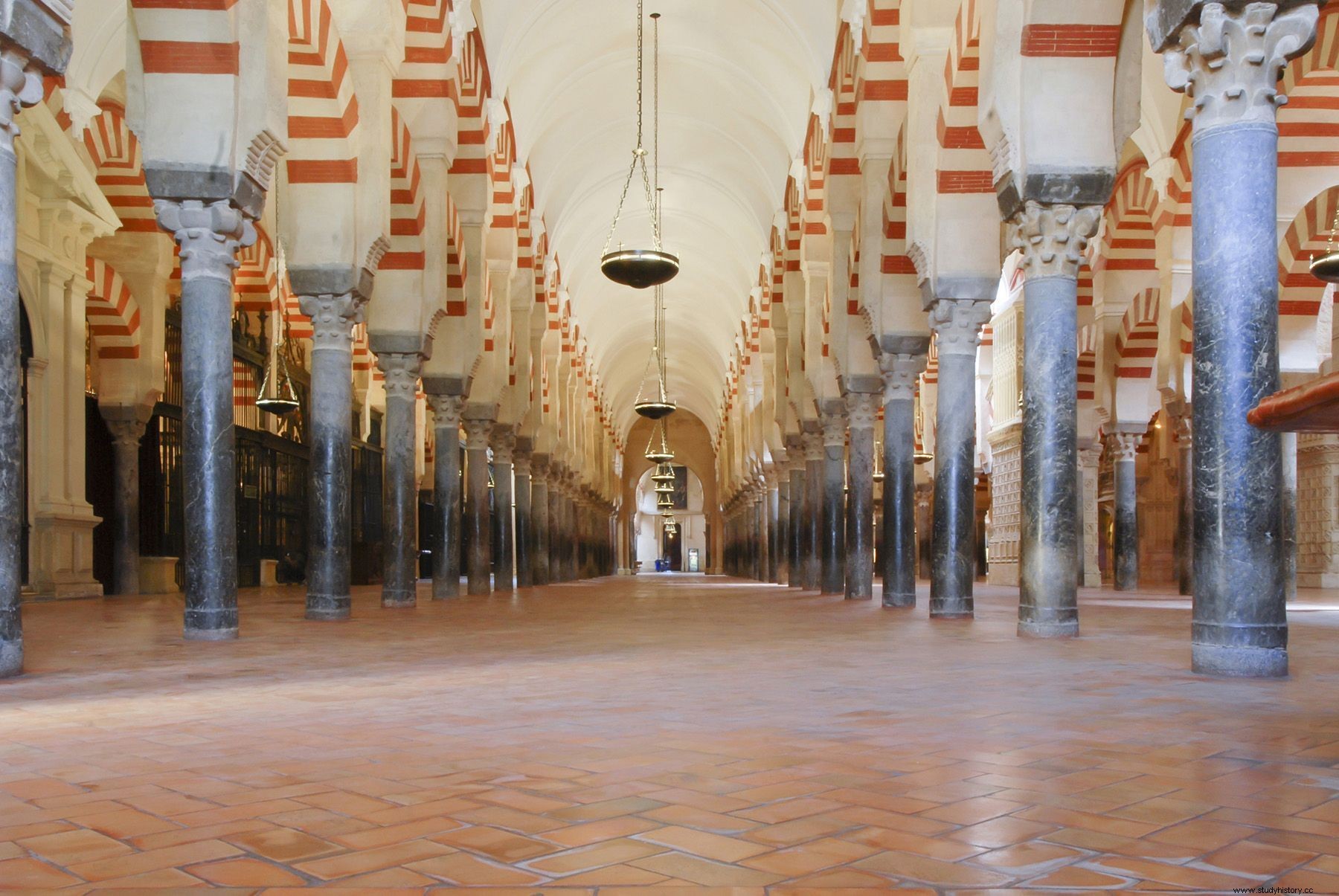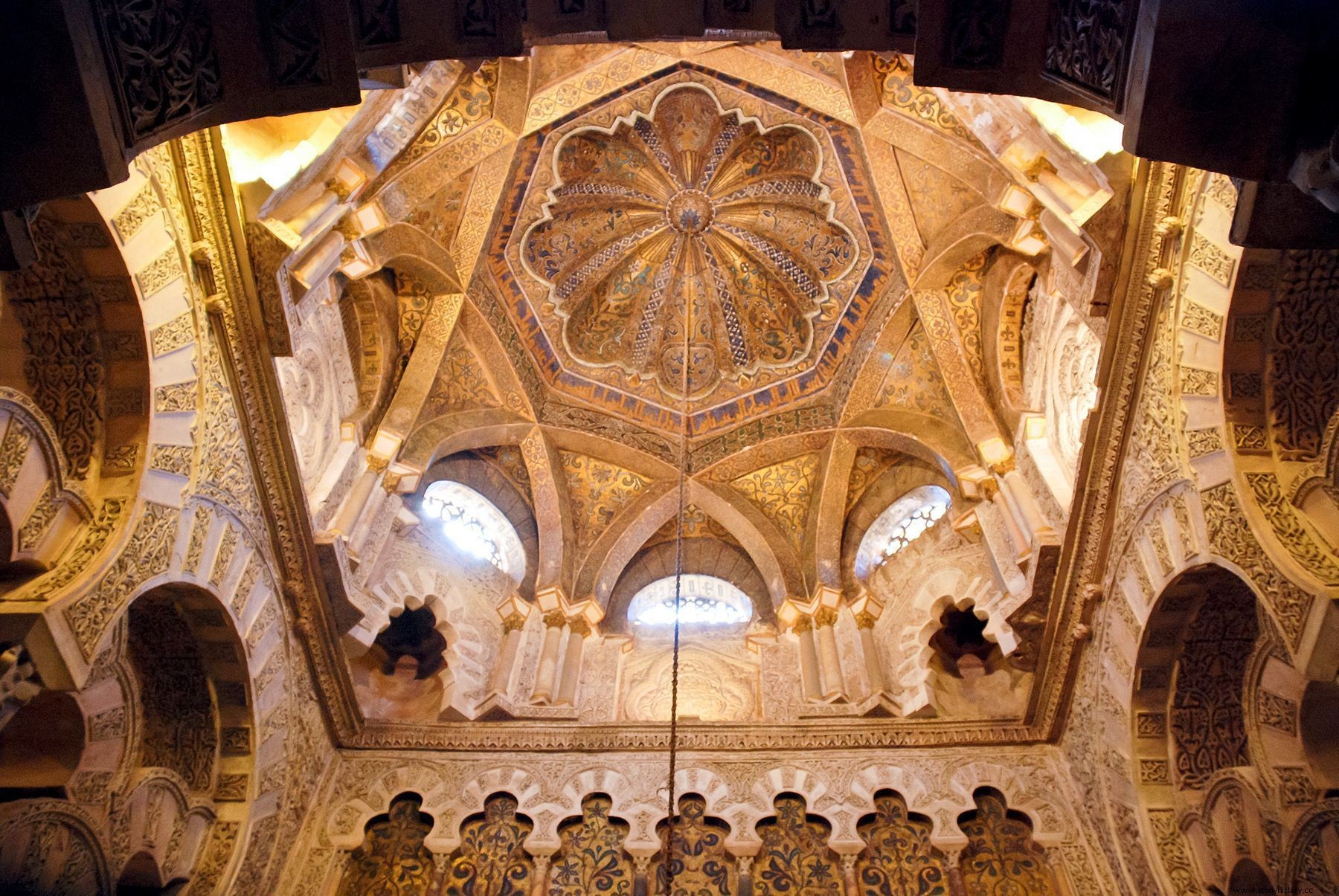
In 2015, more than a hundred researchers and professors from different countries adhered to a press article published by Eduardo Manzano in which the negative consequences that non-matriculation had entailed for the correct management of the Mosque were revealed and they demanded greater involvement of the public administrations to correct that situation.
Two years later, the Córdoba City Council formed a commission of experts to analyze the situation created as a result of said non-registration and issue a report on the matter. The results of the commission's work were presented publicly on September 15, at which time a broad reaction against said report has been unleashed from various sectors, both ecclesiastical, media and academic; an authentic press campaign not exempt from personal disqualifications regarding the members of the commission and even the invocation of fear of jihadist terrorism as an argument to discredit the report.
Furthermore, the conclusions of the commission have also been questioned by certain academic sectors, which have signed a manifesto entitled The use of History by the Municipal Commission of Córdoba on the Mosque-Cathedral of that city . In that document, the capacity of the members of the commission is questioned, stating that their historical arguments "lack the minimum rigor required of supposed experts in these matters", and the conclusions related to the two most relevant aspects defended in it, the origin of the Mosque and its destiny from 1236:
Two are, therefore, the most questioned aspects of the historical part of the Report of the Commission of experts. The first refers to the question of the origins of the Mosque and, in particular, to the existence of an earlier Christian temple on the site where the Muslim temple was built. To this is added the problem of the fate of the building as a result of the conquest of the city of Córdoba by Fernando III in 1236, especially with regard to the existence or not of a donation from the Mosque in favor of the Church. Next, I intend to develop the arguments on which the conclusions of the report regarding both issues have been based, in line with what I have already exposed both in some collaborations in the press and in academic journals of an informative nature.

The presumed pre-Islamic basilica
Traditionally the idea has been held that the Cordoba mosque was built on the previous Visigothic church of San Vicente . It is a tradition that comes from the Arab sources themselves and whose interpretation cannot be made outside the political and ideological context in which those sources develop. This context is that of the construction of a legitimacy for the new Umayyad caliphate founded by Abderramán III in 929. Like the Umayyad Mosque in Damascus -symbol of the eastern branch of the dynasty-, it had been erected on the church of San Juan Bautista, that of the Cordovan Umayyads would have been built on that of San Vicente. The absolute similarity of the stories of the conquests of both cities and the transformation of these churches into mosques allows us to understand that we are facing the elaboration of a historical memory destined to legitimize the Cordovan Caliphate.
To the evidence of the textual analysis is added the archaeological analysis , which has not allowed to prove, until now, the existence of a Christian temple under the floor of the current Mosque. In fact, specialists today no longer speak of the existence of that church, but instead refer to the possibility of the presence of an "episcopal complex", although it is a hypothesis that is not fully confirmed and does not raise any questions. full consensus among specialists, as revealed in a detailed historiographical review article published in 2015 by Fernando Arce Sanz.
The alleged transfer of the property of the Mosque of Córdoba
The second aspect of the historical content of the report that has been more controversial is the one that refers to the situation of the Mosque following the conquest of Córdoba in 1236 by Ferdinand III . Traditionally, the Church has affirmed its full ownership of the temple since that date based on different arguments, which have been happening over time and can be summarized as follows:
The first is from the donation of the temple by Fernando III at the time of the conquest of the city, an argument that faces the difficulty of the absence of chronic references to that fact and, even more, the absence of documents that reliably prove the donation . The two most important contemporary sources to the conquest of the city, the chronicles of Juan de Soria (known as Anonymous Chronicle of the Kings of Castile ) and De rebus Hispaniae , by Rodrigo Jiménez de Rada, deal quite extensively in their respective narratives about the Mosque of Cordoba, which they recognize as the most important and relevant built by the Arabs in the Peninsula. Likewise, they describe the consecration ceremony that took place after the conquest, a ceremony in which, in the absence of the Archbishop of Toledo, Jiménez de Rada, Juan de Soria, bishop of Osma, chancellor of the king and direct protagonist of the conquest of the city. Neither of them, however, refers at any time to the donation of the building, a fact that could not have gone unnoticed had it occurred and, of course, something that they would not have failed to mention in their respective stories.

The second is based on the idea of consecration as generator of the property of the temple. That is, in the absence of explicit information on the donation, it is understood that the consecration would be sufficient to document ownership. The consecration argument It is precisely the one used by the Church in 2006 when registering the Mosque:
A third argument has been that of the usucaption , based on the "continuous and peaceful" possession of the temple since 1236, an argument that has been contested from legal sectors, since "the mere fact that it is a property with a possible religious purpose does not carry the simplistic and mistaken logic that it should belong to the Catholic hierarchy” (A. M. Rodríguez Ramos).
As a result of the publication of the Report of the Commission of Experts, the Church seems to have reactivated the donation argument, according to the statements of one of its officials, who assured that the Historical documents that prove this circumstance are "well kept" waiting to be delivered to the judge, if the case arises.
To the absence of documentary or chronicle testimonies that prove the donation of the temple in favor of the Church is added the evidence provided by the legal regulations in force at the time of the conquest of Cordova. This regulation was codified in the Siete Partidas , legislative work from the time of Alfonso X, son and successor of Fernando III, according to which the mosques that had belonged to the "Moors" were property of the king, who could donate them to whomever he wanted (Partida VII, law 1).
Conclusions
In short, with the historical evidence currently available, there are no arguments to support the idea that the Mosque of Cordoba was donated by King Ferdinand III to the Church after the conquest of the city in 1236. In fact, the subsequent history of the Cordovan temple proves a very active participation of the public powers, both the monarchy and the municipal council, in the decisions related to the monumental and patrimonial management of the building, a situation that It has remained in force until recent times and has been modified as a result of the registration in 2006.
Bibliography
Agudo Zamora, M. (2015):“The registration of the Mosque-Cathedral of Córdoba:Guardianship of heritage and constitutional relevance”, Estudios de Deusto , 63-2.
Arce Sanz, F. (2015):“The alleged basilica of San Vicente in Córdoba:from historical myth to historiographical obstinacy”, Al-Qantara , 36-1, p. 11-44.
García Sanjuán, A. (2018):“Ownership of the Mosque of Córdoba:a distorted history”, eldiario.es , September 20, 2018:https://www.eldiario.es/andalucia/enabierto/propiedad-Mezquita-Cordoba-historia-tergiversada_6_816528342.html
García Sanjuán, A. (2018):“Did Ferdinand III donate the Mosque of Córdoba to the Church in 1236?”, Al-Andalus and History , September 26, 2018:http://www.alandalusylahistoria.com/?p=580
Manzano, E. (2015):“The affair of the Mosque”, El País , April 14, 2015.
Rodríguez Ramos, A. M. (2018):“Is the Church stronger than the State?”, El País , September 10, 2018.
